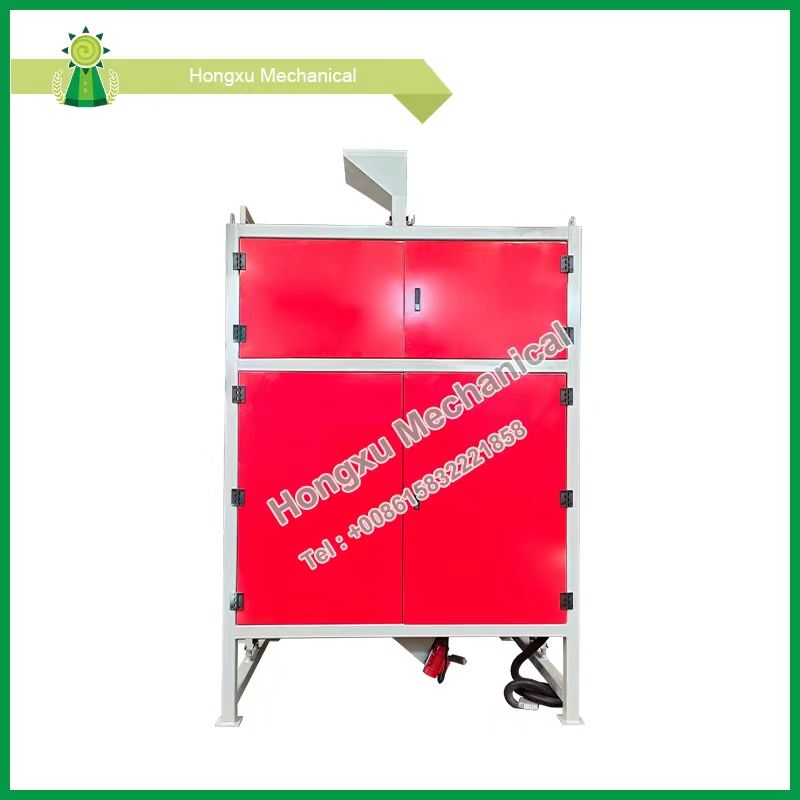Comparing the Operating Efficiency of Plastic Silicone Machines to Traditional Plastic Molding Machines
2024-06-27
The manufacturing landscape is continually evolving, with advancements in machinery and technology playing a pivotal role in optimizing production processes. Among these innovations, plastic silicone machines have emerged as significant players, particularly in industries requiring precision and flexibility. This blog explores how the operating efficiency of plastic silicone machines compares to traditional plastic molding machines, highlighting key differences and advantages.
1. Material Versatility and Processing
Plastic Silicone Machines:
- Material Handling: Plastic silicone machines are specifically designed to handle silicone, which has unique properties such as high thermal stability, flexibility, and biocompatibility.
- Processing Conditions: Silicone molding typically requires lower temperatures and pressures compared to traditional plastics, reducing energy consumption and equipment wear.
Traditional Plastic Molding Machines:
- Material Range: Traditional machines are adept at processing a wide range of thermoplastics, including polyethylene, polypropylene, and polystyrene.
- Processing Demands: These materials often require higher temperatures and pressures, which can increase energy usage and maintenance needs.
2. Cycle Time and Production Speed
Plastic Silicone Machines:
- Cycle Efficiency: Silicone molding processes, such as liquid injection molding, often have shorter cycle times due to rapid curing of silicone.
- Throughput: Higher production speeds can be achieved, particularly with automated systems that streamline material handling and part removal.
Traditional Plastic Molding Machines:
- Cycle Variability: Cycle times can vary widely depending on the plastic type and part complexity, with some processes requiring longer cooling periods.
- Production Bottlenecks: Longer cycle times can lead to bottlenecks, especially in high-volume production environments.
3. Precision and Consistency
Plastic Silicone Machines:
- Tight Tolerances: These machines excel in producing parts with tight tolerances and consistent quality, crucial for industries like medical devices and automotive components.
- Advanced Controls: Equipped with sophisticated control systems, plastic silicone machines ensure precise injection and consistent part dimensions.
Traditional Plastic Molding Machines:
- Dimensional Control: While traditional machines can achieve high precision, maintaining consistent quality across large production runs can be challenging.
- Quality Variations: Variations in material properties and processing conditions can lead to inconsistencies in part quality.
4. Energy Efficiency
Plastic Silicone Machines:
- Lower Energy Consumption: The lower processing temperatures and pressures required for silicone molding translate to reduced energy consumption.
- Eco-Friendly Options: Some machines incorporate energy-efficient technologies and designs to further minimize their environmental impact.
Traditional Plastic Molding Machines:
- Higher Energy Demand: The need for higher temperatures and pressures in traditional plastic molding increases energy usage.
- Operational Costs: Elevated energy consumption contributes to higher operational costs over time.
5. Maintenance and Durability
Plastic Silicone Machines:
- Reduced Wear: Lower operational stresses result in less wear and tear on machine components, extending equipment lifespan.
- Maintenance Intervals: Machines designed for silicone molding often require less frequent maintenance, enhancing uptime and productivity.
Traditional Plastic Molding Machines:
- Higher Maintenance Needs: The demanding processing conditions can accelerate wear on parts, necessitating more frequent maintenance.
- Downtime Risks: Increased maintenance requirements can lead to more frequent production interruptions.
6. Automation and Integration
Plastic Silicone Machines:
- Advanced Automation: Many plastic silicone machines come with advanced automation features, including robotic handling and real-time monitoring, enhancing overall efficiency.
- System Integration: Seamless integration with other production systems allows for streamlined operations and improved process control.
Traditional Plastic Molding Machines:
- Automation Levels: While automation is also prevalent in traditional molding, the complexity and variability of some plastic materials can pose integration challenges.
- Process Optimization: Achieving optimal automation and integration often requires additional investment in technology and training.
Conclusion
Plastic silicone machines offer significant advantages in terms of operating efficiency compared to traditional plastic molding machines. Their ability to handle unique silicone properties with lower energy consumption, faster cycle times, and enhanced precision makes them an attractive choice for many industries. While traditional plastic molding machines remain versatile and essential for a wide range of applications, the benefits of plastic silicone machines in specific contexts cannot be overlooked. As technology advances, the gap in efficiency and performance between these two types of machinery continues to evolve, offering manufacturers more options to optimize their production processes.



